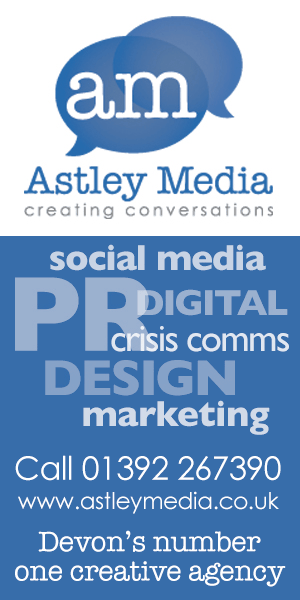
Why Retention Marketing Deserves More of Your Budget
While it varies by industry, research consistently shows that “acquiring a new customer is approximately 5 to 25 times more expensive than retaining an existing one”. Consider also the fact that businesses have a 60-70% chance of selling to an existing customer, compared to only a 5-20% chance of selling to a new one. It is, therefore, counterintuitive that most businesses allocate about 80% of their marketing budgets to acquisition rather than retention.
The Real Cost of Customer Acquisition
Customer acquisition typically entails a few components. Perhaps the most obvious one and most visible is a business website. While building a website, creating a business logo design, and creating content for a business website are crucial in today's market, these are still costs modern businesses must incur to stand out and be the choice among the customers they are trying to acquire.
Some acquisition costs are more straightforward. These include advertising spend, sales and marketing team costs, and time to conversion.
Other costs businesses must consider, and which are somewhat less obvious, include risks associated with customer churn, the initial burden of supporting new customers, and a steep learning curve for customers, especially for complex products and services.
What is Retention Marketing?
Retention marketing is a strategic marketing endeavor where businesses focus on nurturing and maintaining existing customer relationships rather than building new ones. Businesses typically do this for two reasons; first, to encourage repeat business and, second, to enhance customer loyalty.
However, we also must remember that many businesses have discovered the disparity between retention and acquisition costs, so they focus on retention marketing to keep their marketing budgets as low as possible.
This marketing strategy starts with understanding customers' needs and preferences. This crucial element helps businesses deliver personalized experiences that lead to long-term connections that keep customer retention high and churn rates low.
Examples of retention marketing strategies include targeted communications through email and other mediums, loyalty programs, and exceptional customer service. Done well, these can help keep customers engaged and satisfied with the brand. When satisfied, they are less likely to leave, eliminating the need to attract them again.
The Financial Benefits of Retention Marketing
Apart from reducing marketing costs, an obvious financial benefit of retention marketing is an increase in customer lifetime value. Customer Lifetime Value, or CLV, is the total net profit a business can or does generate from a single customer as long as they continue engaging with it.
Because it factors in all revenue generated from the customer, it’s easy to understand how keeping a customer as long as possible increases the CLV. Some of the ways this happens are through repeat purchases and additional upselling and cross-selling opportunities.
Another financial benefit is the positive impact on profits attributed to retention marketing. Recent data shows that even a small increase in the number of retained customers can lead to huge profit increases. Some studies estimate that a 5% increase in retention can increase profits by up to 95%, although the typical increase is about 25%.
Retention Marketing Can Lead to Strong Customer Loyalty
Retention marketing leads to strong customer loyalty in several ways. The first is through personalized experiences. Everyone wants to feel special and catered to, and this extends to the types of marketing messages they receive. If your marketing messaging is not personalized or tailored to specific customers, you can lose them.
Retention marketing focuses on making messaging as personalized as possible so that customers stick around. Businesses can achieve this level of personalization through segmentation. This strategy allows them to understand their customers better and send personalized messages that better align with specific customers’ individual preferences.
We have mentioned them above, but loyalty programs are also an excellent tool for customer retention. Personalized reward programs reward customers for specific behaviors or actions, such as referrals and repeat purchases. Businesses that provide unique incentives that align with customer interest in their loyalty programs often see increased engagement and ongoing loyalty.
It Can Lead to Significant Competitive Advantage
Every business wants customers to choose it over its competitors. For this reason, each tries to build a barrier their competitors cannot penetrate so they cannot attract or take away their customers. Strong retention strategies can help create unique experiences and market differentiation that enhance a business’s market position and make it harder for its competition to catch up or surpass it.
Comparing the cost of acquisition to that of retention and seeing the benefits of retention marketing, it should be clear why businesses should place more emphasis on retaining existing customers. However, this is not to say they should ignore acquiring new ones because there is no business growth without new customer acquisition.













